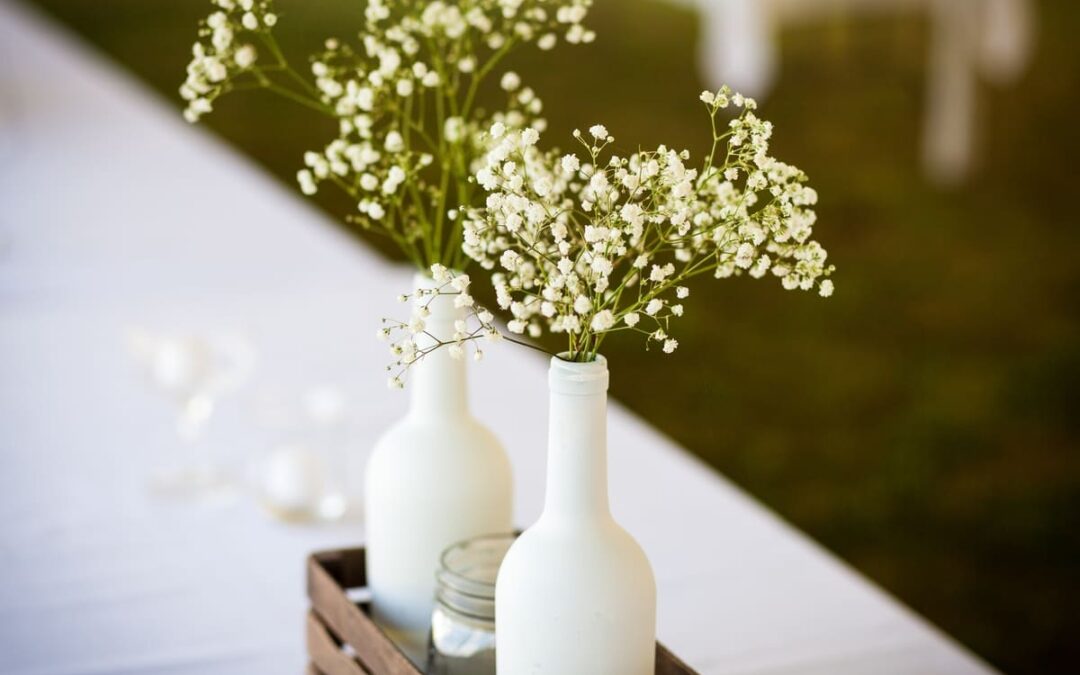Wine bottles come in different formats, sizes, colors, and shapes. While some variances may pertain to the taste and enjoyment of the wines, these often reflect on their history and origin.
The origin of many distinct bottle shapes, sizes, and styles can be traced back to the glass-blowing techniques employed during past centuries in the regions where the wines originated. While each design serves to protect the wines, they also present an appealing, eye-catching appearance that attracts customers.
While recycling remains the essential option for used wine bottles, you might consider some alternative uses. The scope of alternatives for repurposing your empty wine bottles may only be limited by your creativity and imagination.
And you might solicit some bottle repurposing ideas from your winetasting host during your next Scott Harvey Winery visit, one of the best wine tasting experiences among all Amador County wineries.
Going Green
As we celebrate Earth Day, it’s important to recognize the efforts that wineries are making towards sustainability. Wineries understand that their business is dependent on the environment, and they are taking steps to reduce their impact on the planet. Many wineries are using sustainable farming practices, such as organic and biodynamic farming, to reduce the use of harmful chemicals and to promote soil health. They are also investing in renewable energy sources, such as solar and wind power, to reduce their carbon footprint. Additionally, wineries are implementing water conservation measures, such as using drip irrigation and rainwater harvesting, to reduce their water usage. By adopting these sustainable practices, wineries are not only helping the environment, but also producing better quality wines that reflect the unique characteristics of the land on which they are grown. As consumers become increasingly aware of the importance of sustainability, wineries that prioritize the environment are sure to stand out in a crowded marketplace.
Repurposing Your Empty Wine Bottles
Because wine bottles come in many shapes and sizes, they can be used in various decorative ways. For example, Bordeaux-style bottles, the most common, have straight sides with tapering “shoulders.” Champagne bottles are heavy and thick, while Port bottles resemble the Bordeaux style, only with a bulb in the neck to trap sediment. Provence-style bottles, used mainly for Rosé, tend to have a slight hourglass shape.
- Imagine arranging a few or all these, with or without labels, filled with water to create a beautiful floral display.
- If you have a kiln at your disposal, you may flatten your favorite bottles to create decorative cheese platters.
- Decorate individual bottles with paint and glitter to make eye-catching decorations. These may be styled to reflect the Holiday Season and used as candle holders.
- Create a border for your garden or planting area by inserting contrasting wine bottles around the perimeter for decoration and protection.
- Use extra bottles for watering plants.
- Design tiki torches for your outdoor social events.
- Insert fairy lights and place them along entryways to create drama.

